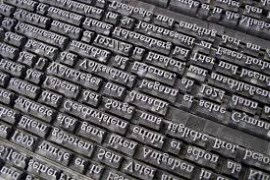Collections | Livre | Chapitre
The "irrealevance" of habit formation
Stjernfelt, Hofstadter, and rocky paradoxes of Peircean physiosemiosis
pp. 65-81
Résumé
Using examples of geophysical processes, I discuss the implications for semiotics (physiosemiotics) of Peirce's statement that "habit is by no means exclusively a mental act … The stream of water that wears a bed for itself is forming a habit" (CP 5.492). Geophysical phenomena are habit-producing processes that open up, not close down, the future and are always already recording phenomena that take advantage of their past and that reveal themselves as "natural propositions", in Stjernfelt's terms (2014). Further, the relationship of habit structure to habit structure, as concerns especially the emergence of "semiotic freedom" (Hoffmeyer 1996, 2010), can best be understood in terms of how habits simultaneously make themselves necessary AND necessarily irrelevant: here I follow Hofstadter (2007) and his concept of "responsible irrelevance" (2007), what I call "irrealevance". The question is this: how has nature been able to seal itself off from that for which it is responsible in order to open up its own future?
Détails de la publication
Publié dans:
Anderson Myrdene (2016) Consensus on Peirce's concept of habit: before and beyond consciousness. Dordrecht, Springer.
Pages: 65-81
DOI: 10.1007/978-3-319-45920-2_4
Citation complète:
Coletta John, 2016, The "irrealevance" of habit formation: Stjernfelt, Hofstadter, and rocky paradoxes of Peircean physiosemiosis. In M. Anderson (ed.) Consensus on Peirce's concept of habit (65-81). Dordrecht, Springer.










